We've seen our fair share of repair jobs recently, but this one takes the cake for being the most botched attempt—before it hit the legendary desk of Northwest Repairs. They brought back a dead 5090 to life not too long ago, and this time it's an AMD Radeon RX 7800 XT, one that survived being baked in an oven. Instead of the intended reflow that would've otherwise fixed it, the card just died. Fret not, though, as it reached the hands of a master chef.
AMD 7800XT GPU baking gone wrong but saved ? - YouTube

Let's walk back a bit and add some context. The owner bought this XFX Speedster 7800 XT Merc 319 from Facebook Marketplace, and it never worked, so it was sent to Northwest Repairs for assessment. Once on the bench, our host Tony opened it up and was greeted with flux residue all over the board, indicating a reflow was (poorly) attempted previously. Upon further inspection, the GPU core looked intact, but its retention frame came undone the moment it was touched. This drove down the chances of a successful repair to "0.1%," according to Tony, but since the core wasn't cracked, all hope was not lost yet.
The right way to reflow a PCB is by putting in on a BGA rework station and heating momentarily while regulating temperatures. This ensures the flux melts properly, allowing the solder to reflow in a natural, calculated way. Baking the board in the oven can cause a sudden thermal shock which can warp it or—worst case scenario, crack the on-board components, including the GPU core itself. That's an irreversible fate but, fortunately, the 7800 XT had not slipped that far.
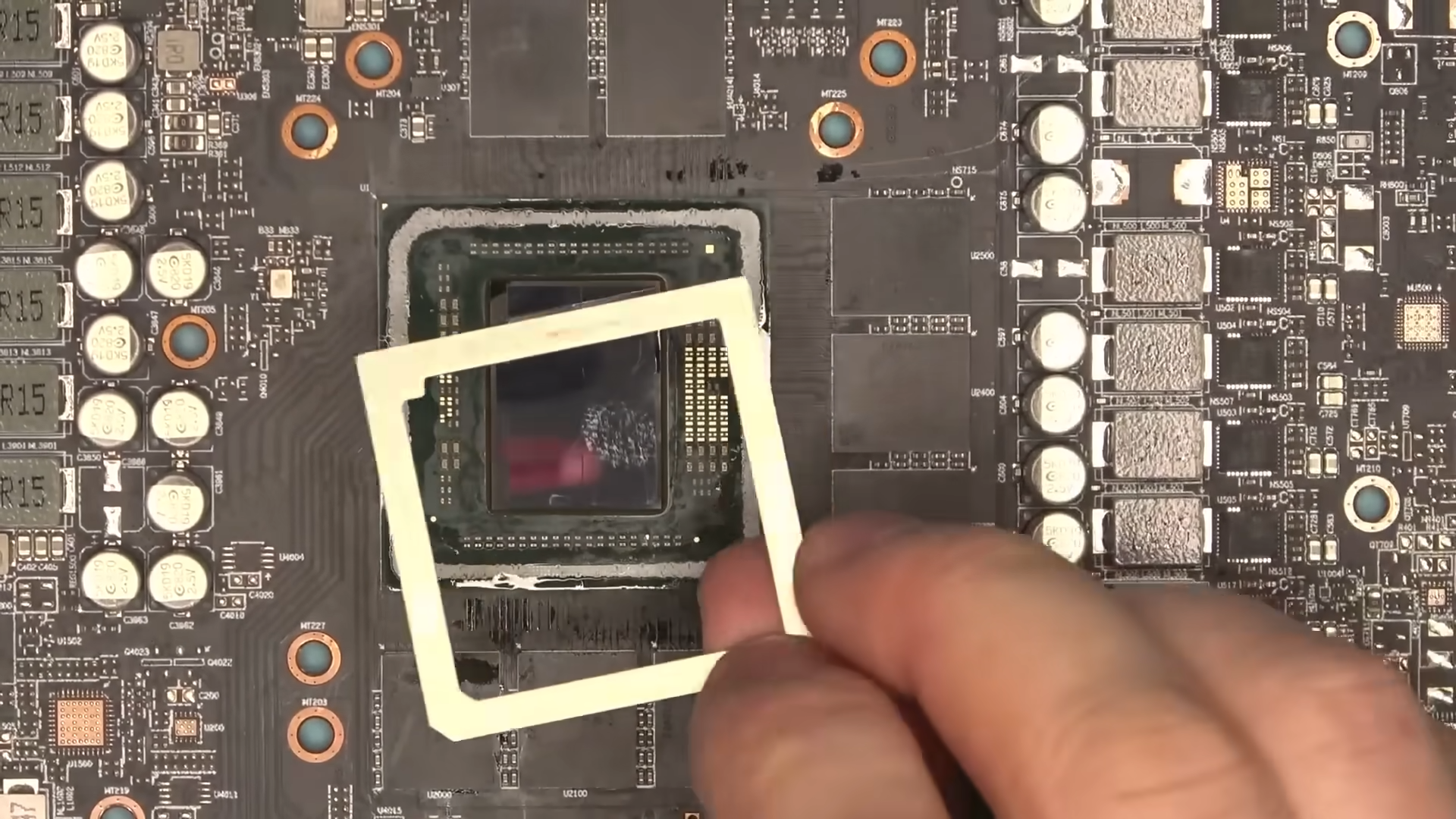
The fix, then, was simple... by expert standards. Put the PCB under a thermal camera to detect any anomalies and address them one by one. Right off the bat, the GPU core was seen exhibiting short bursts of heat that looked like mini explosions. Moreover, running a memory test showed that three memory chips were faulty. This confirms why the reflow attempt from before did not work; the VRAM likely has ripped pads underneath that need to be reballed now. As such, Tony got to work on not just taking out the memory chips, but also the core itself.
A beautiful montage follows... which ends up in failure. The GPU, despite having a reballed core and memory, still doesn't boot. A memory test is run again and one of the VRAM chips turns out to be the culprit. Our repair guy wasn't sure at this point whether he did a bad job repairing the pads, or whether the chip was simply a goner. Nonetheless, he replaced the last suspect memory chip with a new one known to work and, voilà, the card finally posted. As a final measure, Tony replaced the thermal pads before reassembling the card since the original ones were "all junk to begin with."
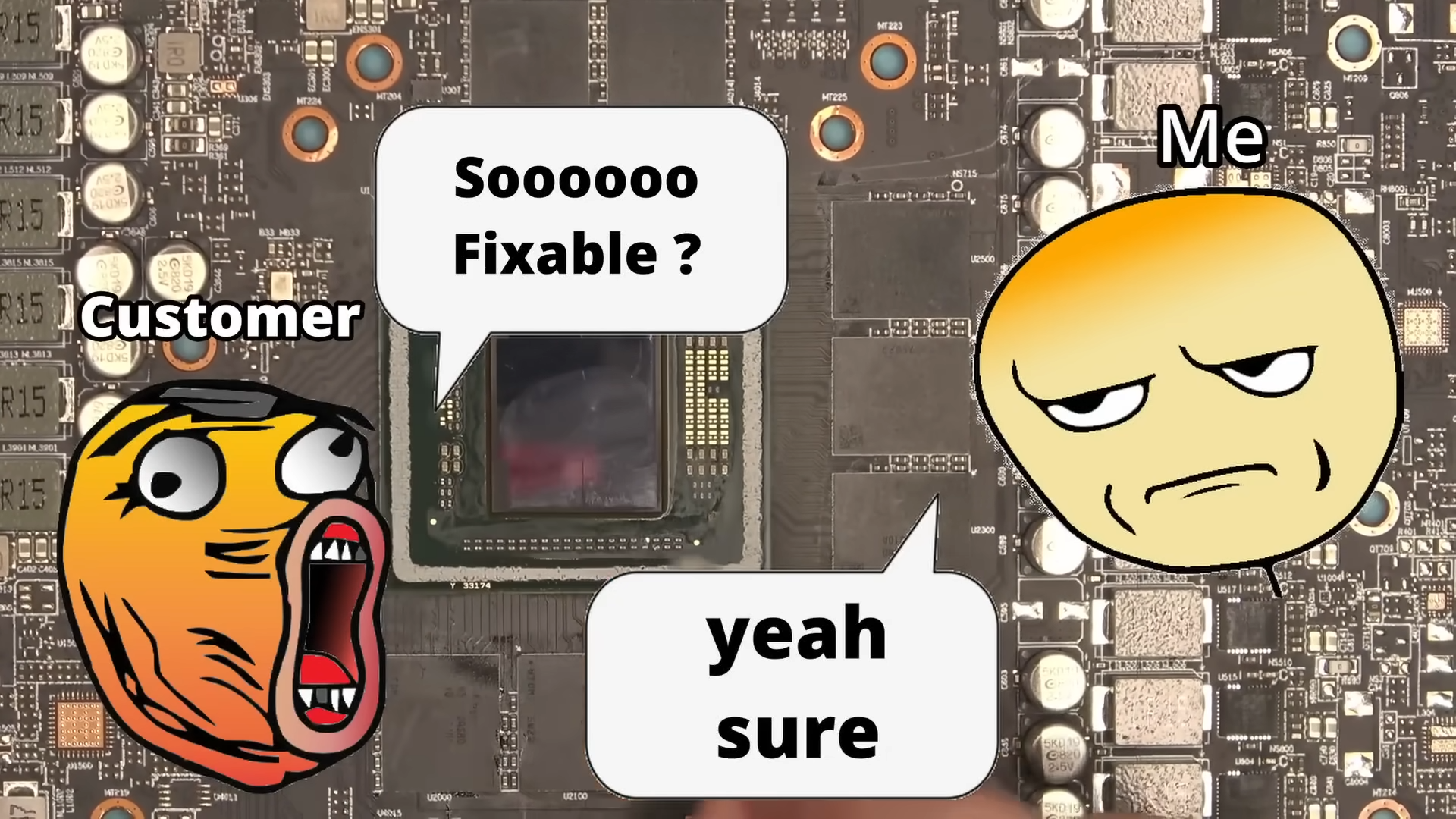
This repair job shows the importance of ingenuity, a core (no pun intended) human trait, mixed with our tenacity. Not everyone can afford to casually buy a new graphics card if their current one dies on them, especially if you're in a region with shoddy warranty systems or dealing through the second-hand market. Service shops like Northwest Repair help keep hardware out of landfills, ensuring there's a safe haven for parts stuck in a coma. After all, there's a certain convenience associated with tinkering with your own components, and it serves as a key constituent of this custom gaming PC hobby we're all enrolled in.
Equally crucial is to not downplay the sheer craftsmanship involved in such a task. Replacing a GPU's memory is a tall order in of itself, let alone reballing the core. The 7800 XT in question came with non-human blood and poop marks over the PCB as well, but that's an uninteresting detail compared to everything else the repair entailed. Because we're used to seeing crazy shunt mods and DIY goodies left and right, it might not stand out as special but remember that these are professionals operating at the top of their game.
Follow Tom's Hardware on Google News to get our up-to-date news, analysis, and reviews in your feeds. Make sure to click the Follow button.

 4 months ago
15
4 months ago
15
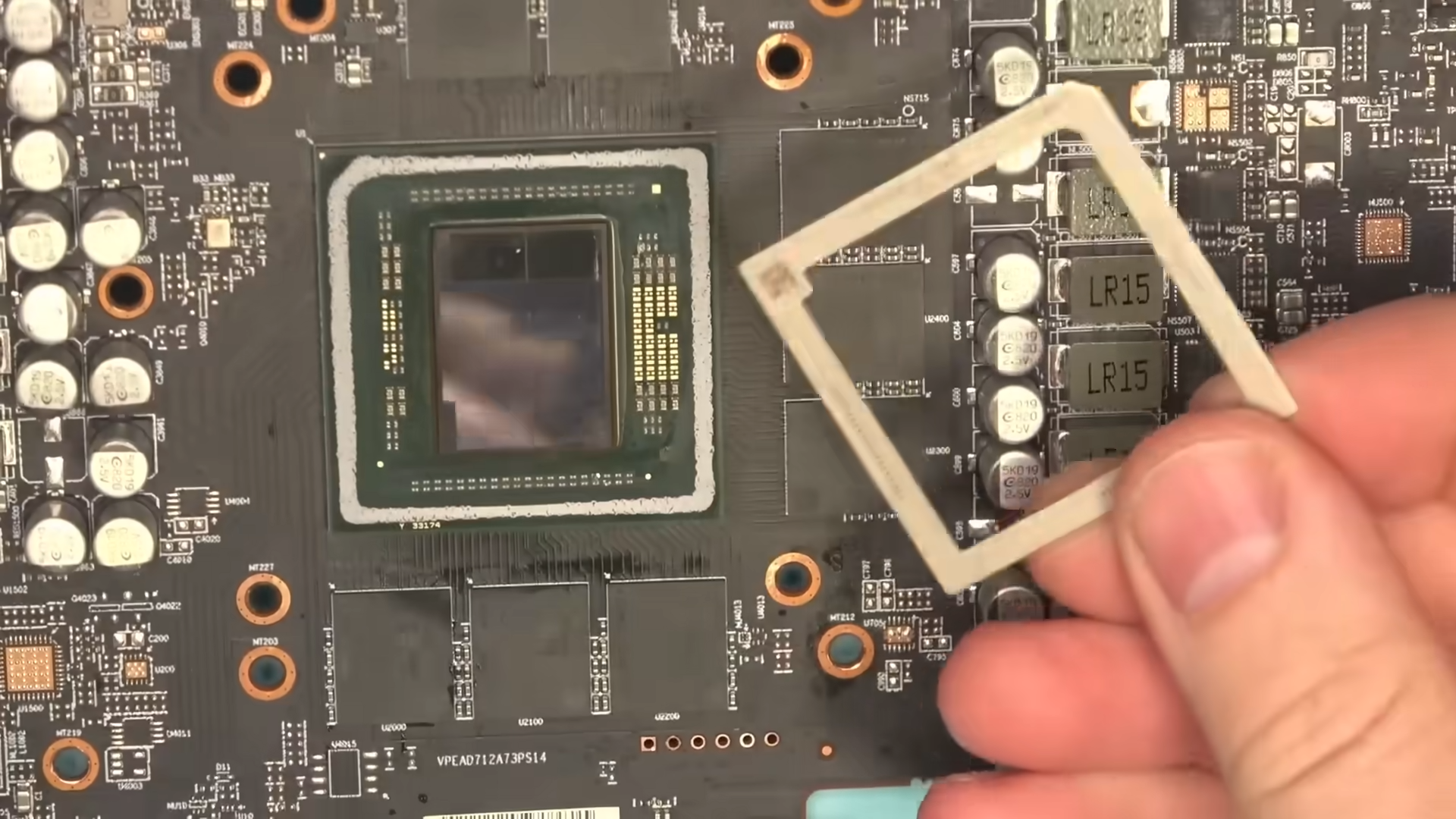
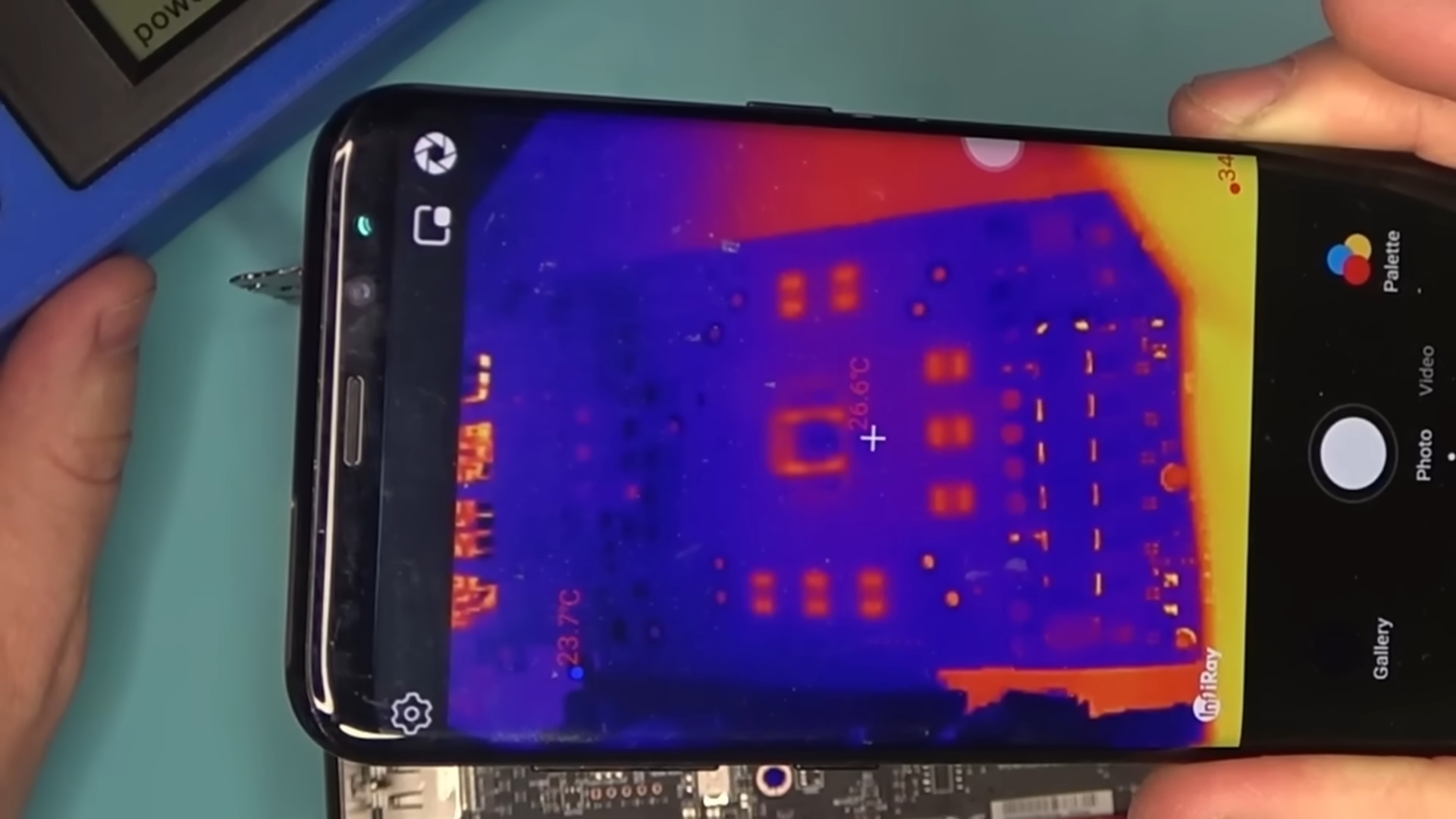
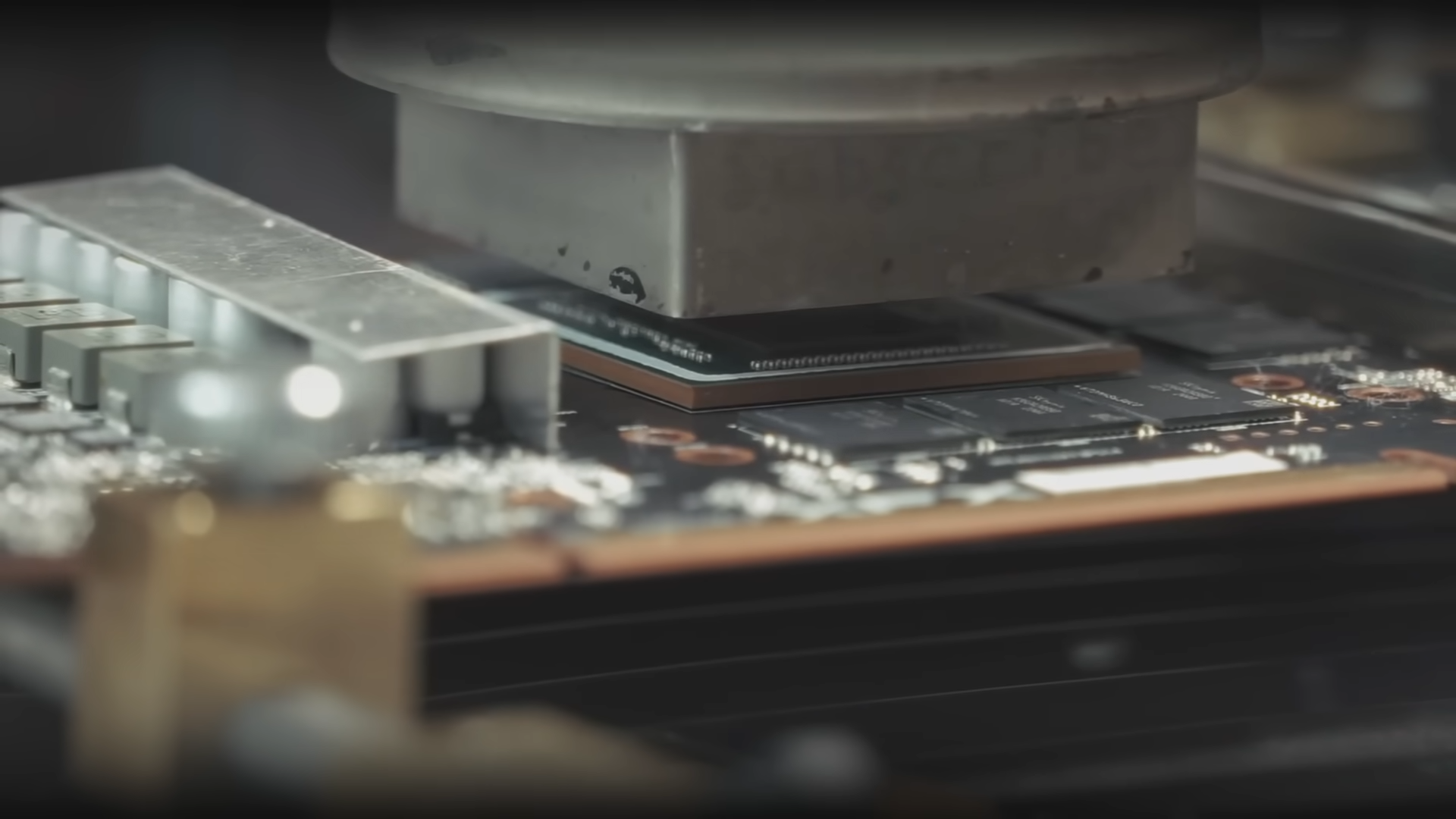
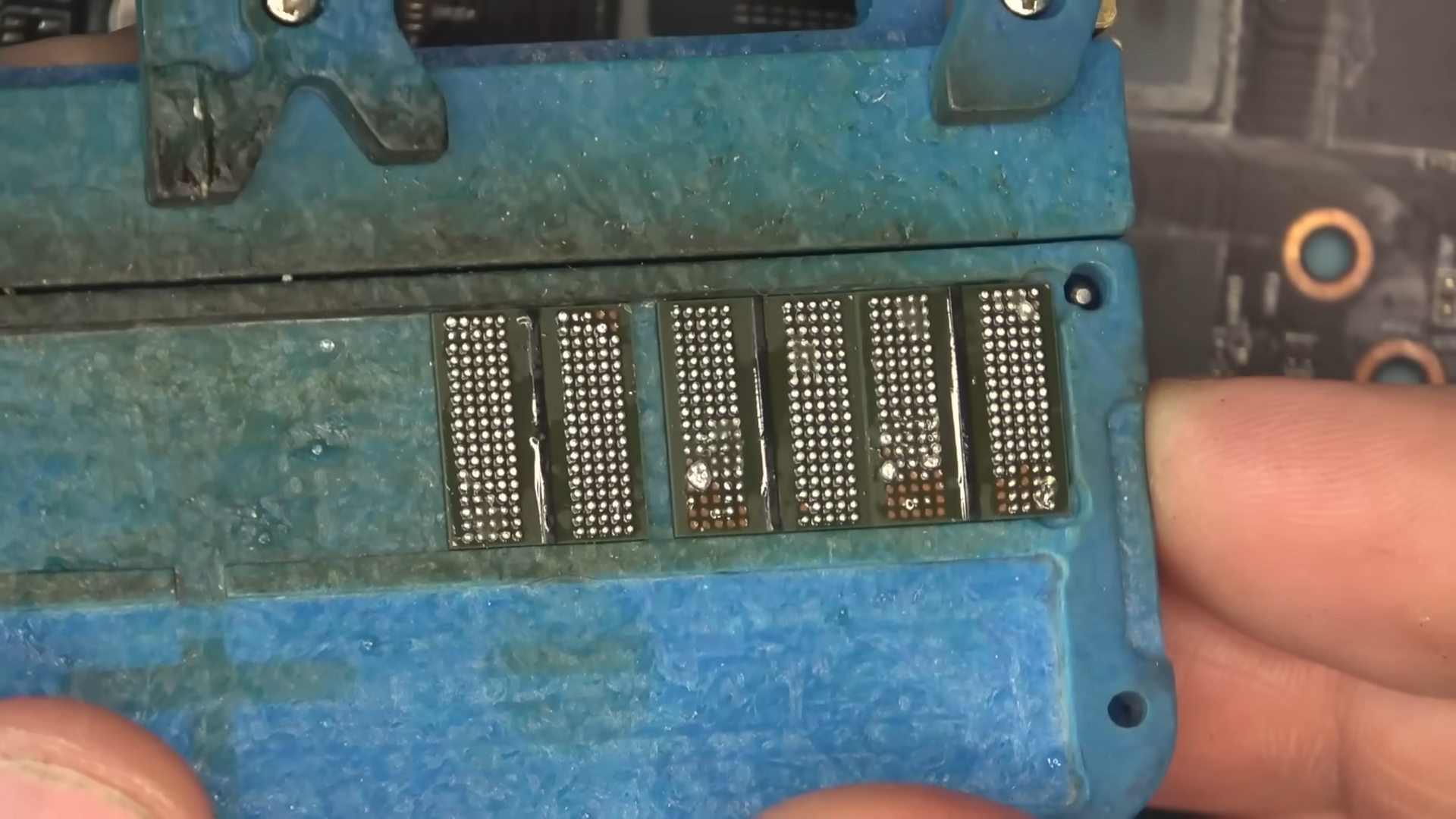
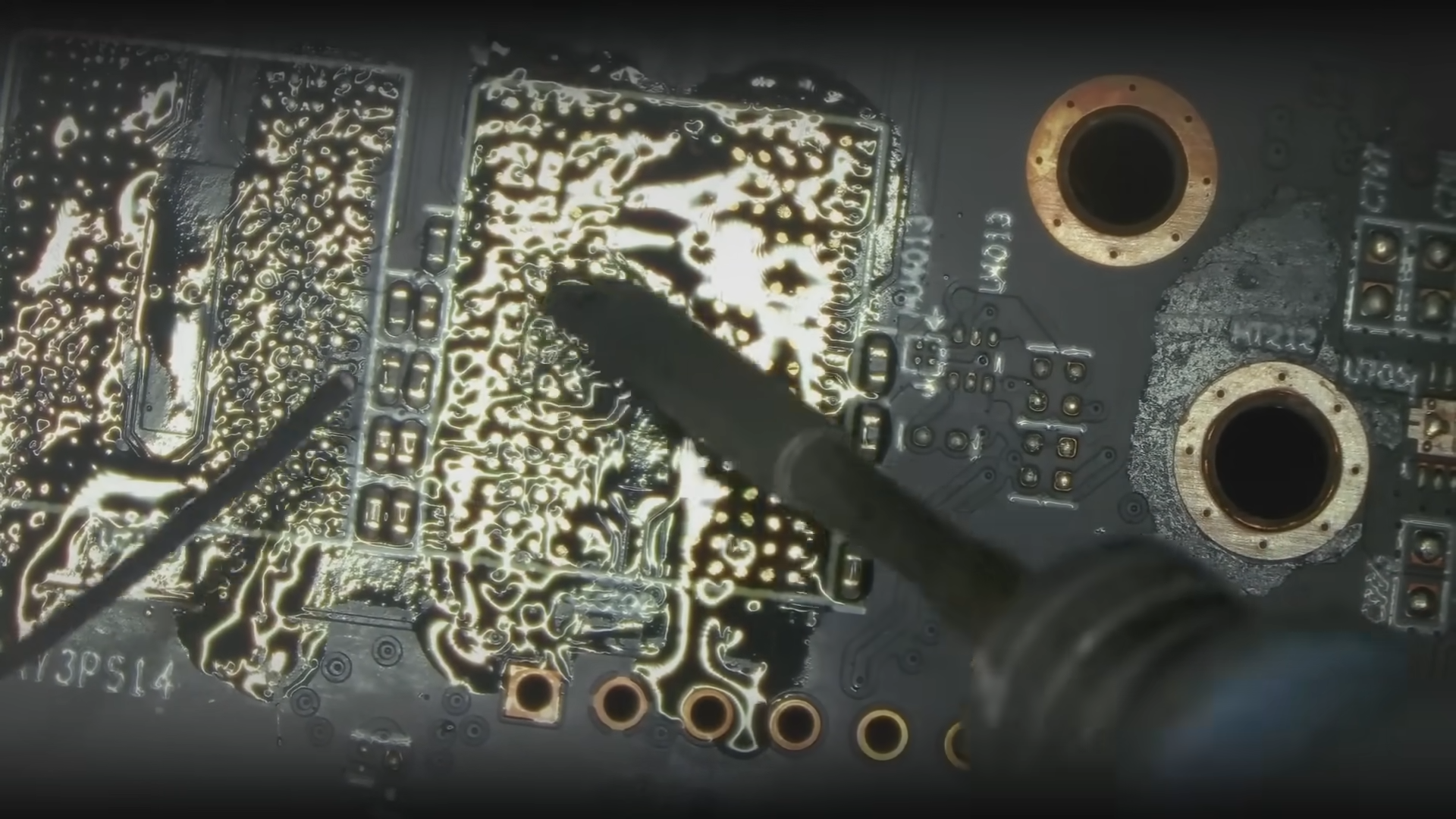
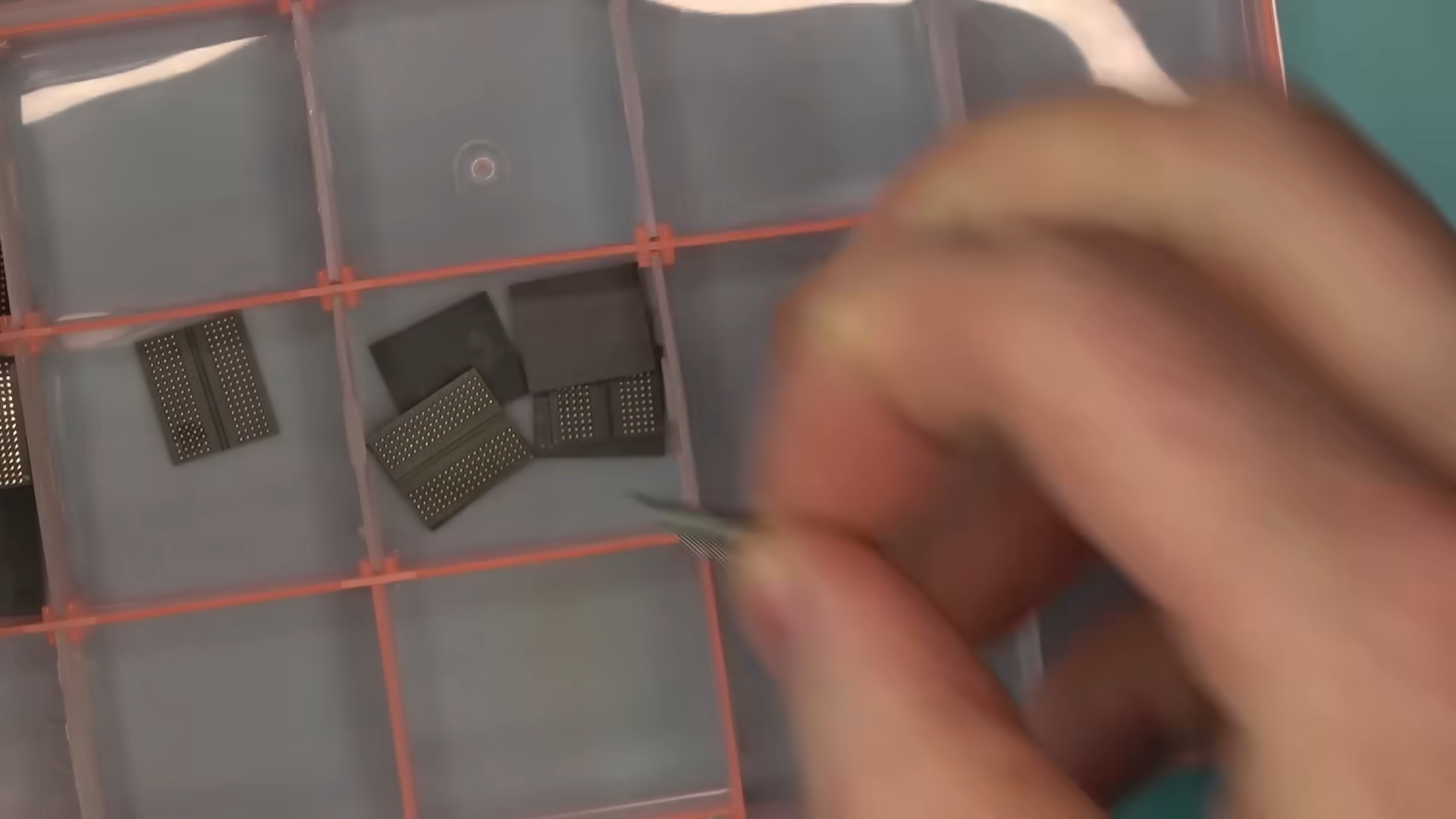
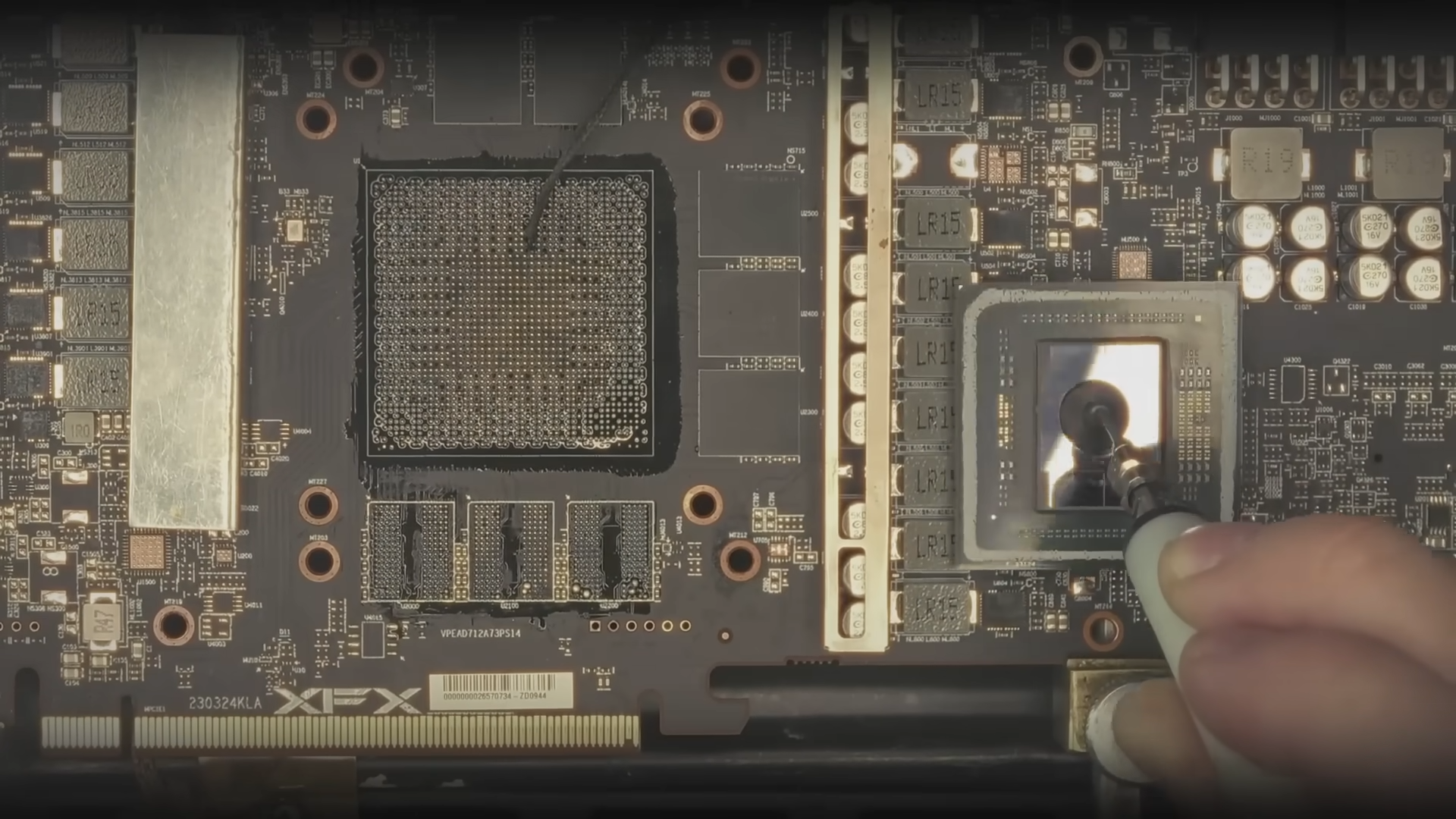

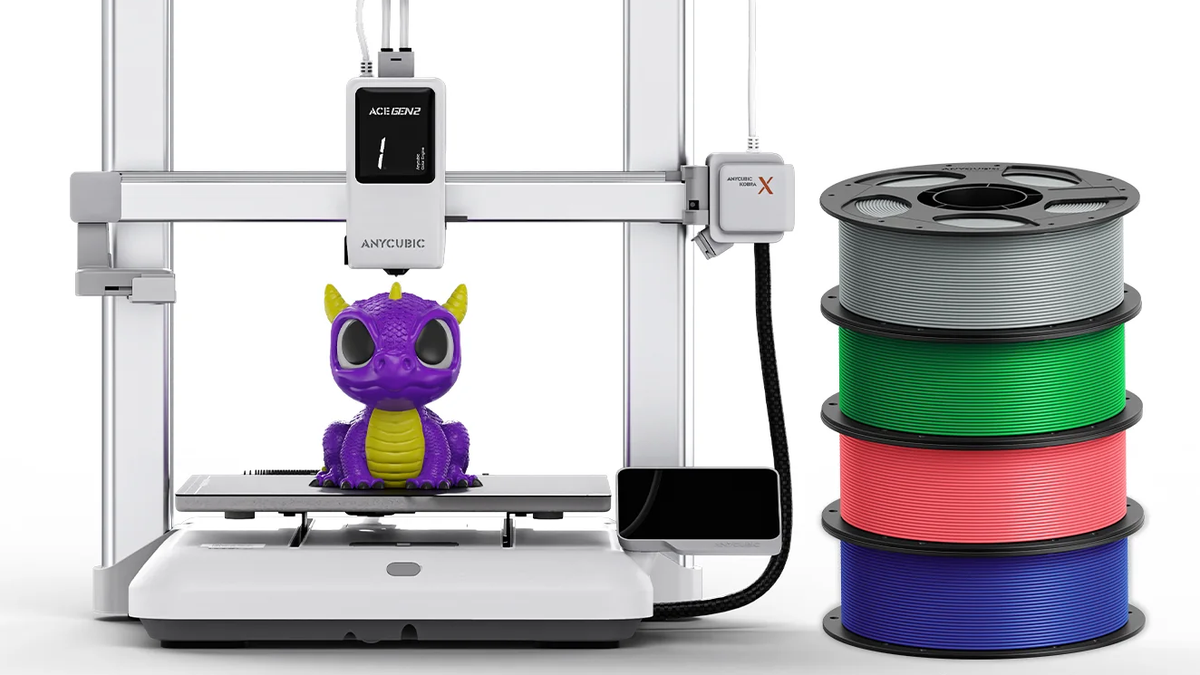







 English (US) ·
English (US) ·